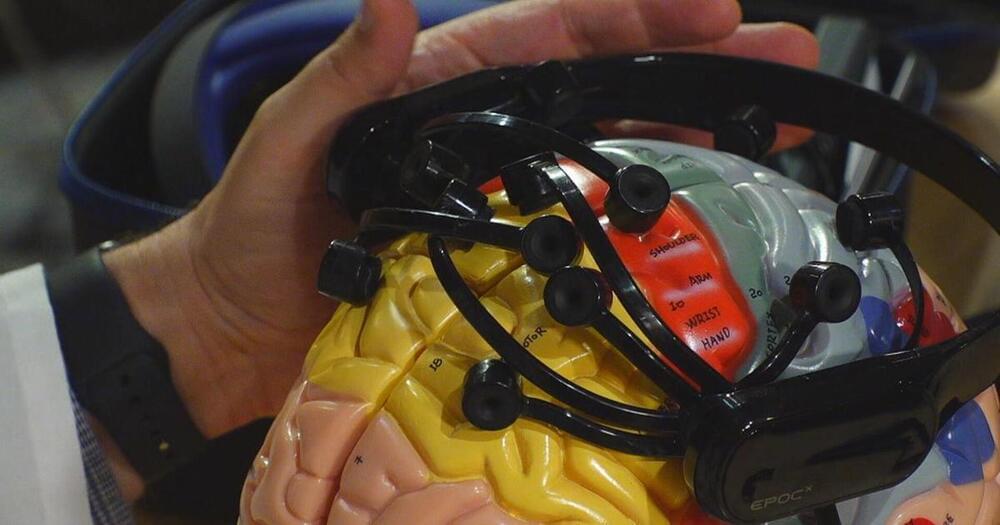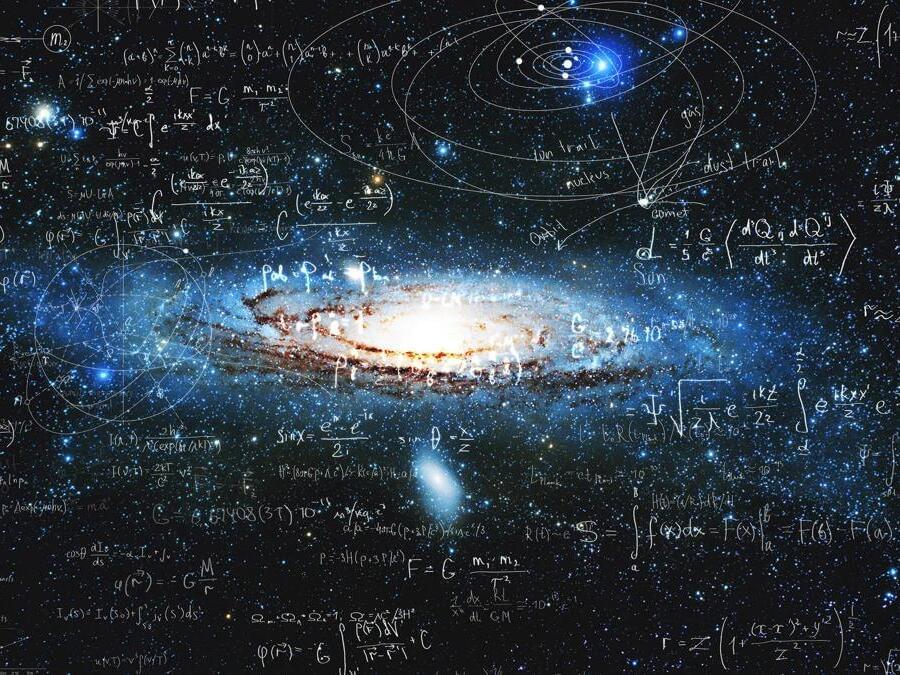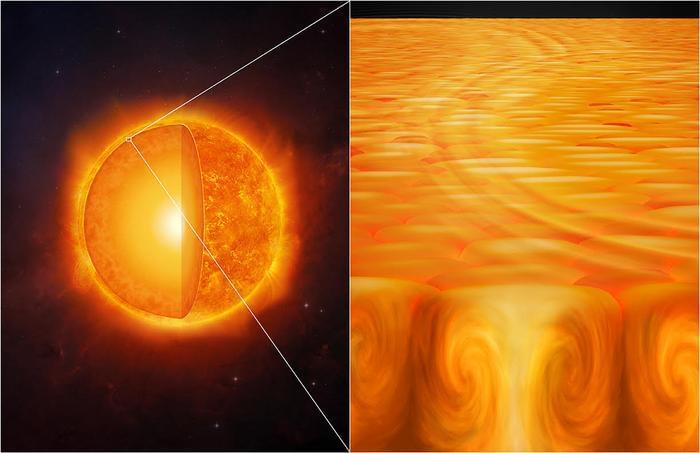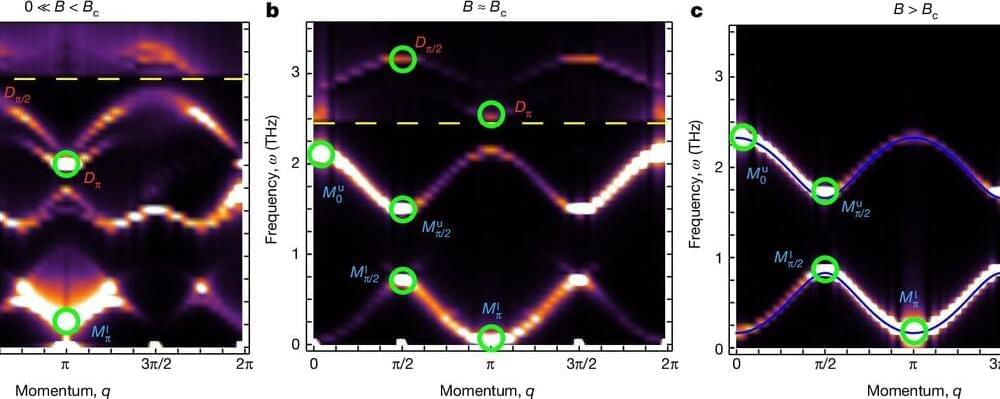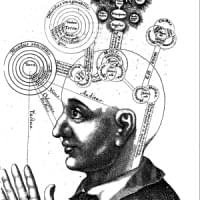Specifically, the release says, carriers would simply have to provide unlocking services 60 days after activation. A welcome standard, but it may run afoul of today’s phone and wireless markets.
For instance, although the dreaded two-year contract is no longer forced on most consumers, many still opt for them to lock in the price and get other benefits. And perhaps more to the point, the phones themselves are often paid for in what amount to installment plans: You get a phone for “free” and then pay it off over the next few years.
The NPRM is the stage of FCC rulemaking where it has a draft rule but has not yet solicited public feedback. On July 18, the agency will publish the full document and open up commentary on the above issues. And you can be sure there will be some squawking from mobile providers!

